Looking ahead to warmer days and the new season
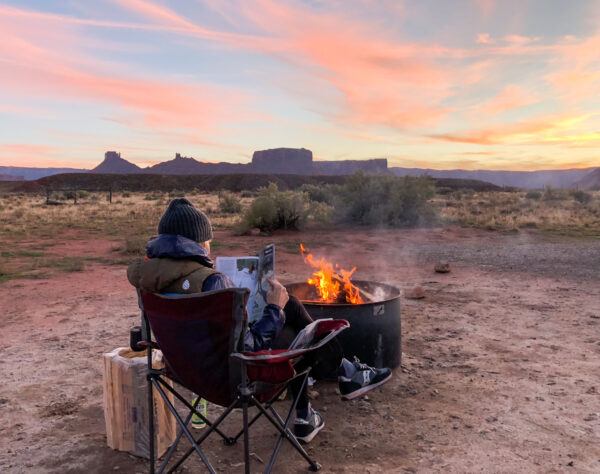
We had just wrapped up a memorable ski day at Snowmass and were at Il Poggio when the server came up to say hello. After exchanging the usual pleasantries, the conversation turned to what we were up to on that beautiful day.
We offered a brief run-down of the skiing and good snow we found. The server seemed interested, though only mildly. He then proceeded to say,” I just got back from Moab, and it was incredible.”
I don’t believe he intended to one-up us, but it felt like he did. Of course, we’re always happy to be skiing. But after a long winter and busy ski season, the prospect of some time away from the snow was immensely appealing. His mention of the desert suddenly brought forth thoughts of activities that I had sidelined since the start of winter: mountain biking, basking in the warm sun, gathering around campfires.
Having distinct seasons is part of the broad appeal of living in Colorado. After five months of skiing in the winter— as much as we all love it— the prospect of the approaching summer gets us fired up.
You can feel the same energy in the late fall as the summer winds down, the temperatures dip, and the first snow arrives. The cycle deserves some credit for keeping a lot of us around— just as one season starts to feel routine, a new one begins.
The interaction at the restaurant was the first time this year that I thought about non-winter activities. It left me feeling energized to get out to the warmth of the desert. It was time to come up with a plan.
For the inaugural trip of the spring, I usually like to keep it pretty basic. I don’t need to go too far or be too deep in the hard-to-reach spots. I’m OK being around other people and campers. I want to get on some good trails and feel some of the summer vibes. And for that, Moab is the perfect spot.
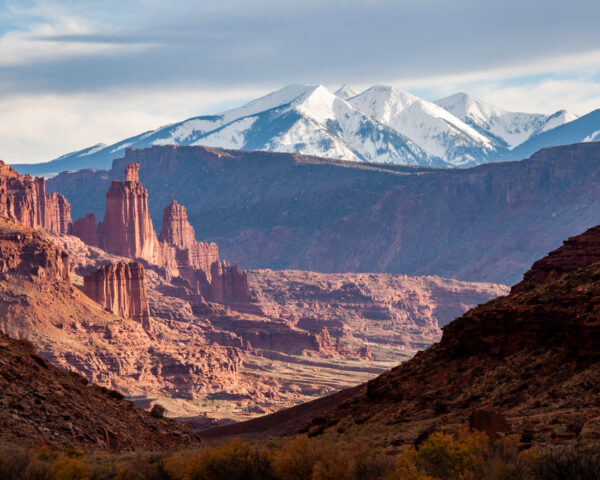
The most accessible place for me to start is biking the Klondike Bluffs area. Located north of Moab and to the east of Highway 191, this area boasts twenty-five named trails totaling 77 miles. Most of them fall in the beginner to intermediate range, with a few expert-level trails to challenge yourself. If there are non-bikers in the group, the options are suitable for hiking or trail running, and the crowds are often relatively light.
It’s far enough from town that you don’t quite feel the level of crowds you might if you were closer to Moab. However, be sure to pack all your food, water, and other items before you get there. It’s a bit of a haul to get to the supermarket if you’re short on anything.
Another draw to the Klondike Bluffs is that it still offers a lot of dispersed camping, which is becoming increasingly limited in the Moab area as the area’s popularity surges.
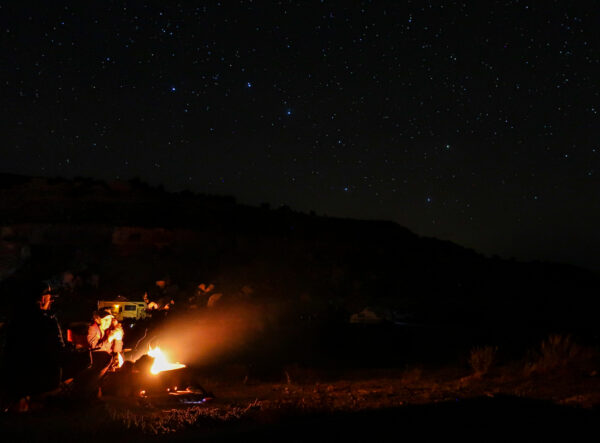
It’s been reported that the land managers may be clamping down on that open camping style in the years ahead. But for now, it’s still allowed. So pick a nice spot suitable for your group, ideally in a previously established location. It’s essential to abide by “leave no trace” practices whenever you’re camping, especially in the desert where impacts can take a long time to recover.
A second option for early season forays to Moab is the region near the entrance to Canyonlands and Dead Horse Point State Park.
Turn on Highway 313 towards Island in the Sky and enjoy the scenic road towards Canyonlands National Park. After several miles, you’ll reach the Navajo Rocks trail system. According to Mountain Bike Project, it offers 101 miles of trails, all at an intermediate level (though some stretches may feel more challenging).
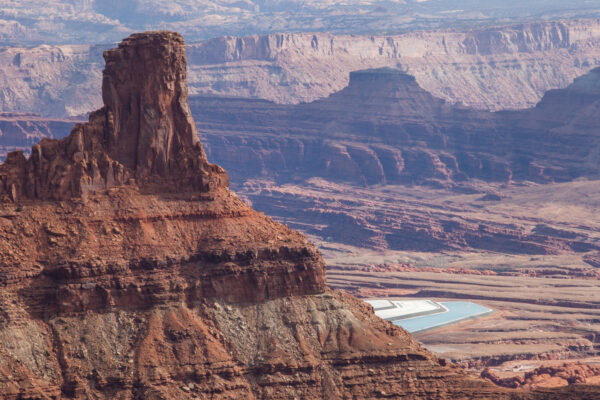
The trails form a large loop that crosses Highway 313 in several spots. That allows you to do shorter sections of the system if the entire 17-mile loop is too long. Then, you can conveniently return to trailheads and your vehicle to refill on water and food or use the BLM outhouses.
The backdrop is also a bit more scenic than the Klondike Bluffs area.
Further up the road, you’ll come to trailheads for the Gemini Bridges Road area, adjacent to the Navajo Rocks loops. It’s one of the older trail networks in the Moab region. The blue/black level trails here can fill an entire day, including a couple of one-way directional routes for those who want to open it up on faster descents.
Further up the road from there is Dead Horse Point State Park. It’s a beautiful location near Canyonlands with outstanding views of the Colorado River and canyon country.
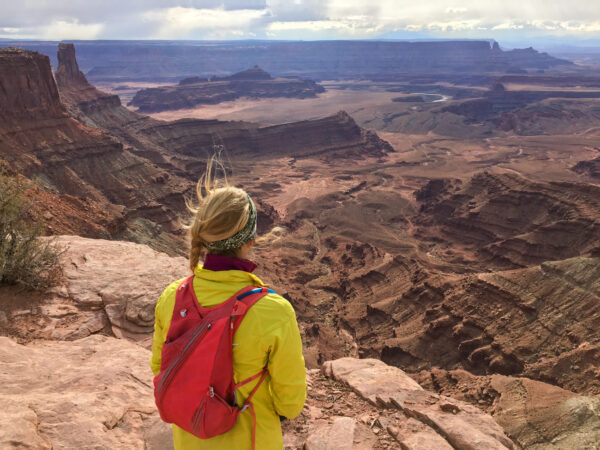
There’s a Visitor’s Center for the tourists and a network of intermediate trails to keep you busy for the morning. And the singletrack along the canyon rim of Dead Horse Point might have the best views. A 14-mile loop called the Dead Horse Point Tour is a great way to see all this state park offers.
You can set up for the night at the nearby Horsethief Campground at the end of the day. Consider the Lone Mesa group site closer to Navajo Rocks if you have a large group. You’ll need to make a reservation in advance there – it’s a popular spot.
You can find more information on these campgrounds and others in the area on the recreation.gov website. These days, if you’re planning a trip to Moab during the busy times of the spring season, you’ll need to make a campsite reservation in advance.
For additional information on some of the trail networks and others in the Moab area, visit the Mountain Bike Project website at mtbproject.com. Or download the app which is a handy tool to help you stay on the trail and keep your outing on track.
If you’re looking for dispersed camping in the area, head out on the Mineral Basin Road. The long dirt road leads to the Green River, and there are ample pull-outs for the van life crowd and other car campers to find a happy place for the night under the stars.
The spring skiing will continue for many through the end of May. But that doesn’t mean you can’t work some summer activities into the routine. It’s time to begin the transition to summer. I know exactly where I’m going to go to start.

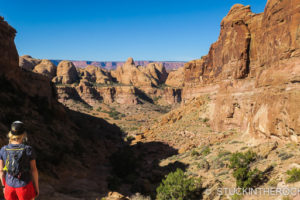
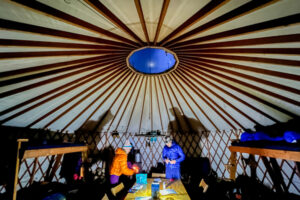
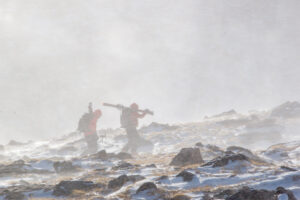
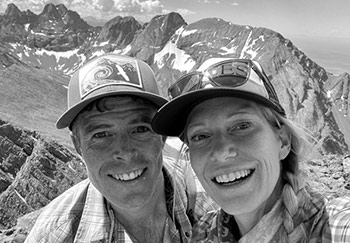





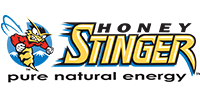
Leave a Reply